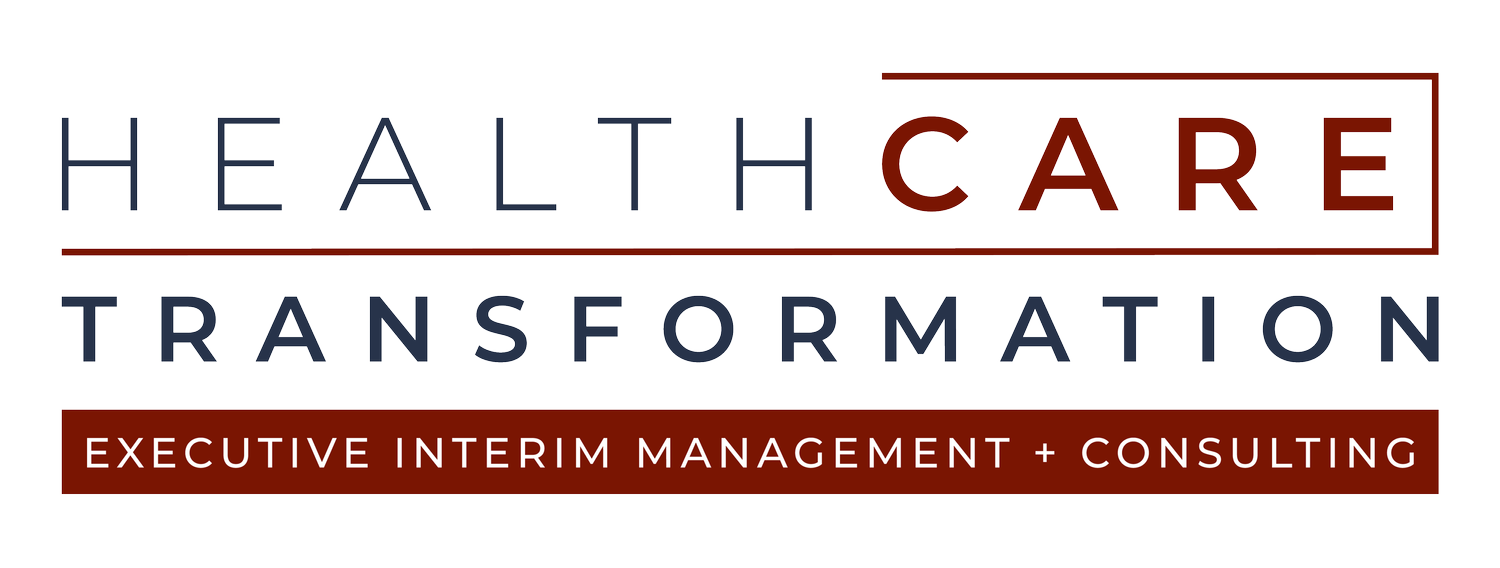4 Ways Technology Has Made Healthcare Safer and More Efficient
If you asked the typical healthcare consumer how the industry has been impacted by technology, you'd probably hear futuristic stories that only a few years ago would have seemed unbelievable, like using nanoparticles to prevent heart failure or mapping out brain surgery through virtual reality. But the actual reality is that technological advances have significantly improved every facet of healthcare—even before a patient steps foot in a facility seeking care. Let's look at four main components of healthcare that have rapidly advanced through updates in technology.
Collecting Information
If you wanted to capture information on patient behavior, you would likely have to rely on self-reporting, which is notoriously unreliable, or frequent testing, which can be expensive and inconvenient.
The proliferation of smartphones and wearable trackers like Fitbits have made it possible to monitor and record patient activity and vital signs remotely, without the need for constant medical supervision. It also allows physicians to access objective, reliable data with which they can make informed medical decisions.
Using wearable monitors, diabetic patients are able to track their blood glucose values in real-time, seniors can live longer in their homes instead of nursing facilities, drug studies can reduce the costs and inconvenience of phase II clinical trials, neurologists can test for Parkinson's disease more easily, and clinicians can assess children with autism more objectively.
Diagnosis
A diagnosis is a professional judgment based on available data. That leaves lots of room for human error, be it from unreliable patient self-reports to misinterpreting data to insufficient measurement.
Now, machine learning and artificial intelligence can identify trends within large data sets that lead to faster and more accurate diagnoses. This allows for more sensitive testing and more successful interventions.
A machine-learning algorithm can identify an intraoperative hypotensive event before it occurs with a sensitivity and specificity nearing 90%. An AI program reliably interprets mammograms 30 times faster with 99% accuracy. Radiologists using AI technology can render 3D volumes of the prostate gland and lesions, and hospital "smart beds" can use a wireless sensor network to reduce bedsores.
Treatment
Traditionally, treatment would require in-person, doctor-to-patient interventions that risked human error and unforeseen complications.
Now, while no medical intervention is truly foolproof, technological improvements have made treatments safer and more available, and in some cases can even preclude disease.
Telemedicine has made certain low-risk interventions more convenient and broadly accessible by making them remote. CRISPR gene editing can fix genetic mutations that cause such conditions as muscular dystrophy and cystic fibrosis. 3D printing can be used to print custom-made guides for surgery and implants to replace body parts affected by diseases. Robotic arms and cameras have been used to assist heart surgery, and stem cells can replace those cells infected by disease as well as test new drugs for safety and efficacy.
Running And Building Your Practice
In much of the country, medical practices are still being run on twentieth-century technology — voicemail, fax machines, photocopies, and appointment reminders via phone call.
Now, updated communications systems can increase both efficiency and patient safety by reducing errors and freeing your staff to work on more important projects.
Previously published on Newsweek.


